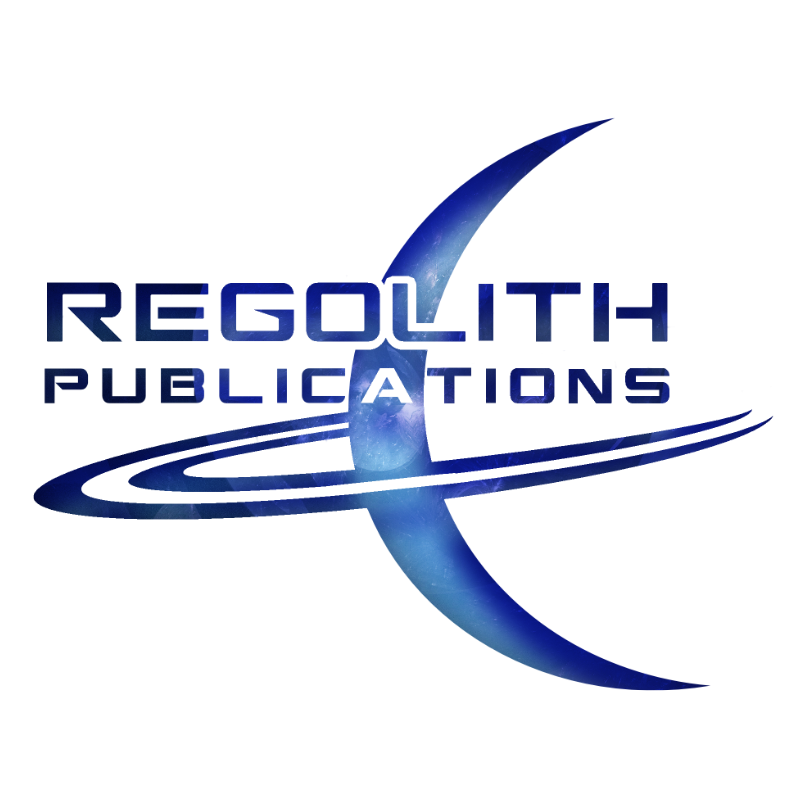|
Robert E. Howard's work on Conan, Krull, and Solomon Kane is often lamented by literary elites as containing too many muscle-bound heroes and deliberate womanizing of scantily clad and nubile young women.
And, to a large degree, this is true. The books do contain a large amount of this kind of sexual exploitation, so to speak. Conan often finds himself in situations where these nubile young women either throw themselves at him or he subdues, seduces, or rescues the woman thereby winning her affection. And it's always just affection and love making. Never is a real romance formed. Essentially, Conan is the stereotypical hero who gets the girl in the end--as one would win a trophy--in most of his stories. It's not hard to see how some might think Howard's writing is dated by the patriarchal views of his day. Sexist, sometimes degrading, views of women characters. But was Howard using this trope because he knew how to write to the pulp market of his day, or did he really think such things about women? It's a mistake for a reader or a critic to believe that the depiction of characters in an author's book reflects the personal beliefs of the author. I mean, with that mindset if you read Howard's "The Frost Giant's Daughter," you might mistakenly believe he was comfortable with the notion of rape. In my personal favorite Conan story, "The Frost Giant's Daughter" the character chases a gossamer-clad goddess across the icy plains of the North, defeats ice giants, and then subdues the girl and tears her clothes off threatening to have his way with her before her deity father intervenes--effectively resetting all time and space and wiping Conan's memory of the event--granted, a much greater violation. Some might consider the story Howard's most risque tale for how close it comes to depicting a scene of rape if they had no capacity to read between the lines, that is. The story is much more nuanced, however. In reading it you'll find that it mainly reads as a metaphor for man's triumph over nature, the gods, and the old way. It also shows that, like Prometheus, Conan's perseverance is never-ending. He literally comes to the brink of madness because he will not give up his pursuit of subduing a literal goddess--which he eventually does. It is a testament to man's free will and of not being dominated by the gods who mock and insult him, where Conan triumphs. He defeats every obstacle the goddess throws at him, including illusions, avalanches, and ice giants. But the story ends with a twist. It is Conan that is robbed of his experience, not the girl. Perhaps it's worth mentioning that Robert E. Howard was the only author to actually get stories starring powerful women published in his day. I'm talking about women protagonists taking the lead and carrying an entire story. Those kinds of stories simply weren't being published in the 1920s. Pulp fiction, it's true, was dominated mainly by masculine, testosterone-charged male heroes, in a seemingly closed-off men's club that didn't allow girls to play. But many of Howard's stories featured strong female leads that were equal to and rivaled their male counterparts. Even Conan played second fiddle on more than one occasion. In "The Queen of the Black Sails" we see Conan become a lowly crew member of an infamous pirate queen, of which the story is about. In "Red Nails," Conan is assisted by the swordswoman, Valeria, who kills nearly everything in sight and is as every bit as deadly as he is. In "The Shadow of the Vulture" Red Sonya makes her literary debut. Event as the story is a historical fiction, Red Sonya is largley a creation of Howard, presumably based off H.p. Lovecraft's wife. An amalgamation of these characters would later lead to the modern version of Red Sonja, who becomes so iconic as to rival even Conan's fame. She has since gained multiple versions of her own comic book series and a big budget Hollywood movie -- all representing the iconic barbarian woman who is just as good with the sword as any man. An archetype encapsulating female strength and beauty is born. Indeed, Robert E. Howard showed complex views with regard to women in a time dominated by outmoded patriarchal views. Dark Agnes de Chastillon had her own ongoing series published in a time where almost no female heroines were being written about in pulp fiction. And this, thanks in a large part, to the imagination and talent that was Robert E. Howard. Post Script Another fascinating article on Robert E. Howard and his views regarding women can be found >>here<<.
1 Comment
Anon
1/14/2021 04:13:02 am
"In "The Shadow of the Vulture" Conan is assisted by Red Sonja of Rogatino and the heroine Dark Agnes de Chastillon, who starred in her own ongoing series."
Reply
Leave a Reply. |
Tristan VickBy day I am an educator and a cultural ambassador. By night I entertain notions of being a literary master. In reality I am just a family man and ordinary guy who works hard and loves writing just about as much as I love my family. Just about. AVAILABLE NOWNEWSLETTER
|
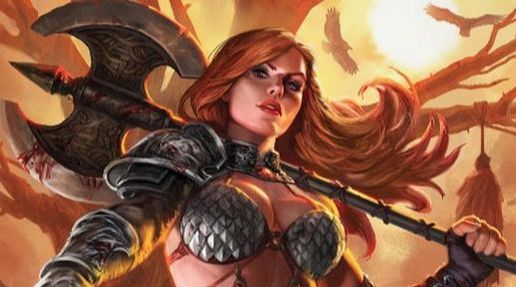


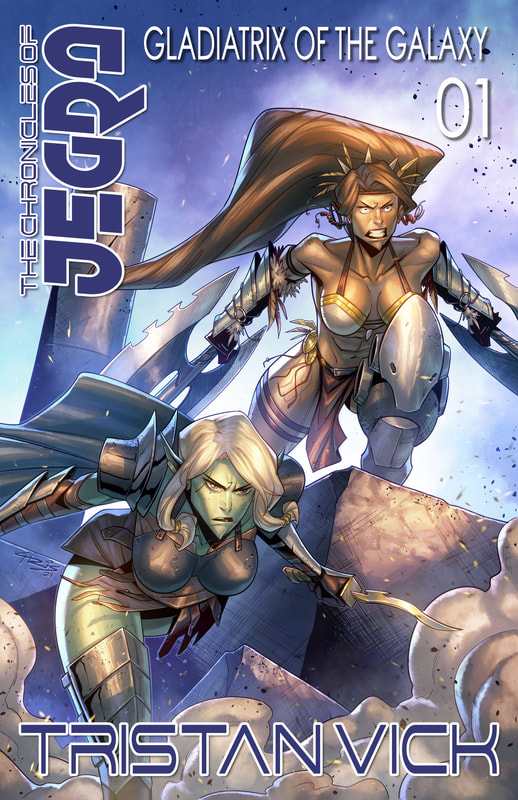
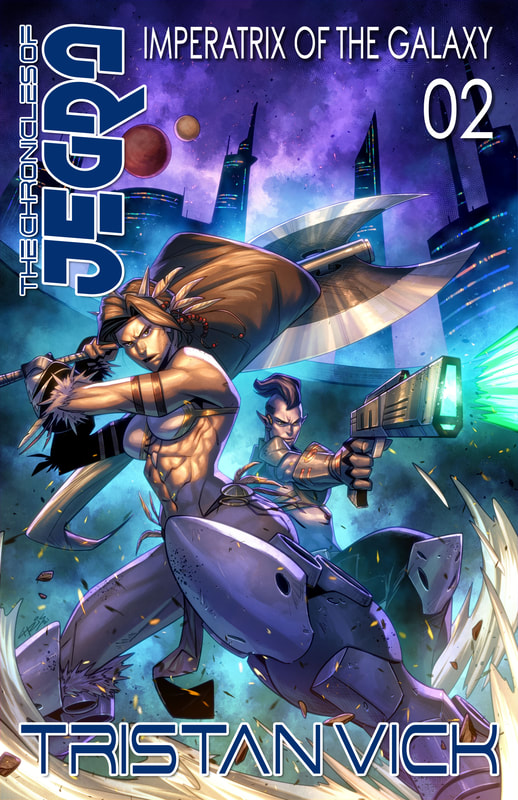

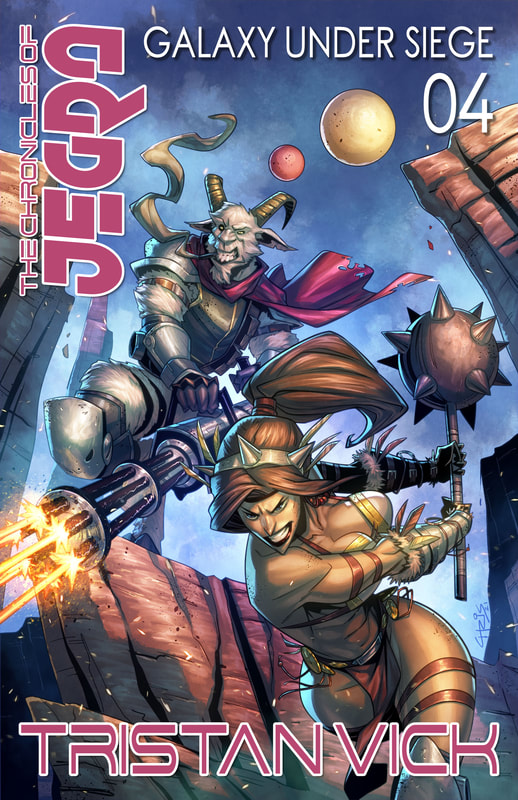

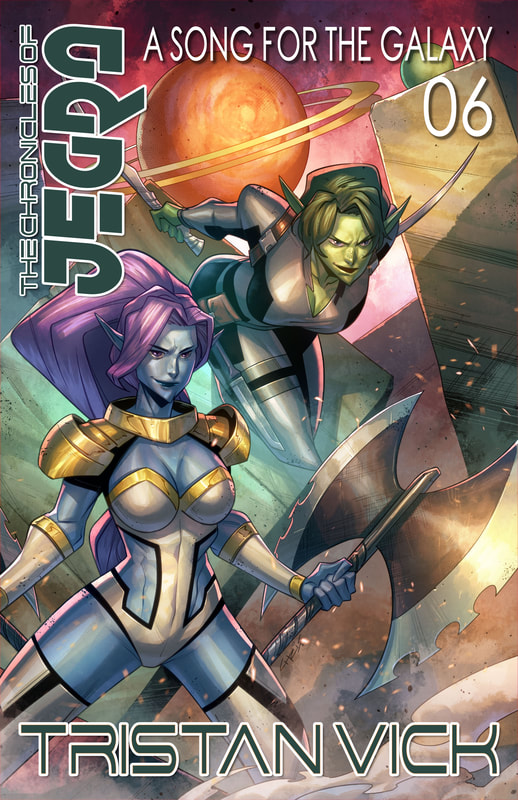
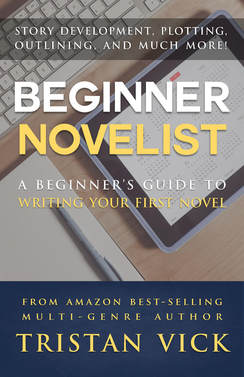
 RSS Feed
RSS Feed
